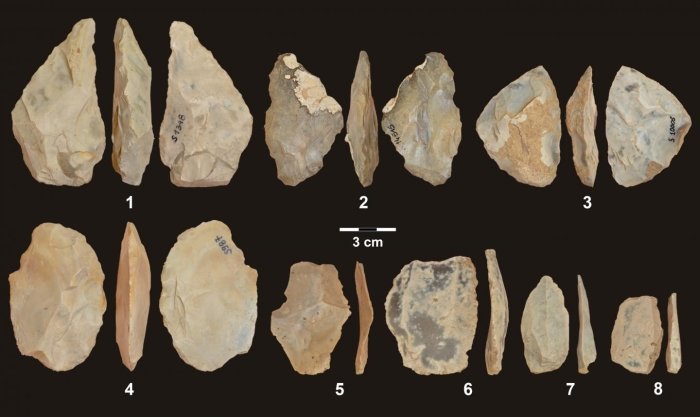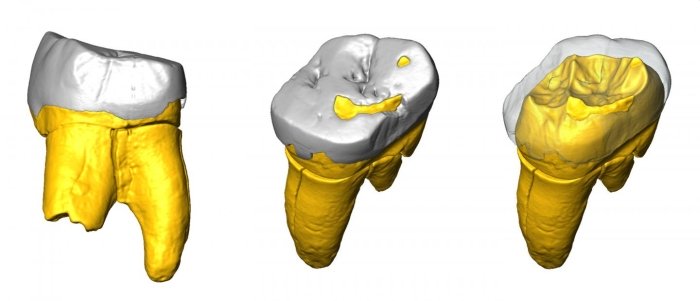From the time that we're very young, many of us are taught that a tooth is a valuable thing.
We brush our teeth to keep them clean. We go to the dentist to make sure they're healthy. And when a baby tooth falls out, we sometimes even get money! (Thanks, Tooth Fairy!)
But our teeth are valuable for more reasons than just this. They are unique and can even be used to identify us by their shape and placement in our mouths. And also by what they contain inside: our DNA! Archeologists are putting these facts to the test using the tooth of a Neanderthal.
All in sequence
Sequencing DNA, which has millions of individual components, is no easy task. (Getty Embed)
Recently, researchers sequenced the DNA inside the Neanderthal tooth, which was found in Stajnia Cave in Southern Poland. Sequencing is when all of the millions of nucleotides (or organic molecules) within the larger DNA molecule are given an order. Finding the proper sequence is what tells researchers what living thing the molecule comes from.
And what did this Neanderthal DNA tell scientists?
Life in an ice age

A collection of Micoquian tools found in the Stajnia Cave. (Andrea Picin)
This particular Neanderthal was an adult and lived at least 80,000 years ago. During this time, the habitat was in an ice age. The area was a frigid tundra and food—such as woolly rhinos and mammoths—was hard to find. Many Neanderthals left these areas to live in warmer regions that were further south.
But some stayed and adapted. These Neanderthals migrated around the area to follow herds of potential food, and used tools now known to researchers as Micoquian. These types of tools were perfect for hunting these animals and many Micoquian artifacts were found in the same cave as the tooth.
On the move
The DNA also allowed researchers to understand the history behind these people. It connects this particular Neanderthal to the DNA of distant Neanderthal relatives that had lived further north and west in Germany and Belgium about 40,000 years earlier.
At that time, 120,000 years ago, those places would've been much warmer and full of lush forests and more animals to hunt. The Neanderthals that lived there would not have needed to migrate around as much in search of food.
But the Neanderthal whose tooth was found in Poland would have needed to be on the move. The fact that 40,000 years later, this person was living far away from where its ancestors had suggests that Neanderthals had adapted to a life of migration.
In the end, it's pretty amazing what a tiny tooth can reveal. And if more specimens of Neanderthal DNA are found, there could be even more to learn from it, as archeologists compare them and try to piece together life tens of thousands of years ago.
 Digital 3D scans of the Neanderthal tooth that was found in Poland. (Stefano Benazzi)
Digital 3D scans of the Neanderthal tooth that was found in Poland. (Stefano Benazzi)









